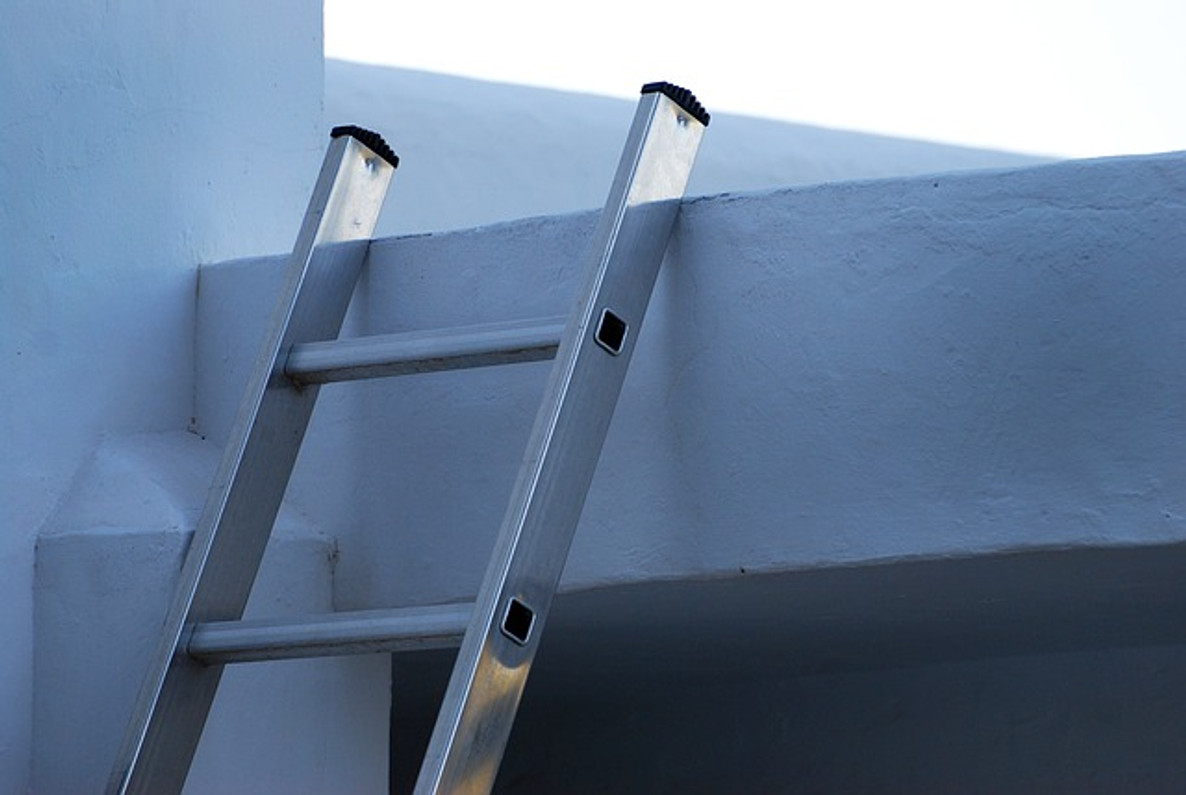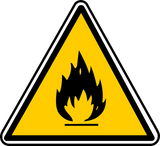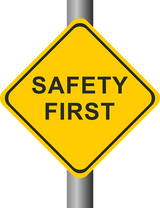The Dos and Don'ts of Using an Extension Ladder
Not all ladders are self-supporting. Some of them require positioning against a building or stable structure. Known as extension ladders, they are commonly used in the construction industry. Construction workers use extension ladders to access roofs and other elevated surfaces. Whether you work in the construction industry or any other sector, though, there are certain dos and don'ts you should follow when using an extension ladder.
Do Inspect Beforehand
Always perform a visual inspection before using an extension ladder. Like all ladders, extension ladders can degrade. Some of the components used in an extension ladder may deteriorate or otherwise fail, which can make the extension ladder no longer safe to use. Before using an extension ladder, inspects its bolts, screws, cleats and other components.
Don't Place on Sloped Terrain
Extension ladders shouldn't be placed on sloped terrain. Unlike other types of ladders, they require a building or structure. Even if you position an extension ladder against a building or structure, though, it may fall over if the terrain is sloped. If you're going to use an extension ladder, make sure it's placed on flat and level terrain to prevent this from happening.
Do Wear Non-Slip Footwear
You should wear non-flip footwear when using an extension ladder. All types of ladders require climbing -- and extension ladders are no exception. You'll have to climb up an extension ladder to reach the elevated height, and you'll have to climb back down the extension ladder after performing your work. With non-flip footwear, you'll be less likely to slip and fall when climbing the extension ladder.
Don't Use in Rainy Weather
Don't make the mistake of using an extension ladder in rainy weather. Rainy weather can create hazardous conditions that increases your risk of injury. It can make your extension ladder unstable. As rain accumulates on the ground below, your extension ladder may slip out of place, which can send you tumbling. Wait until the sun is out and the skies are clear to use an extension ladder.
Do Maintain 3 Points of Contact When Climbing
Always maintain three points of contact when climbing an extension ladder. Three points of contact means having at least two feet and one hand or two hands and one foot on the extension ladder. By maintaining three points of contact, you can safely climb up and down an extension ladder.
Don't Go All the Way to the Top
Another safety tip to follow when using an extension ladder is to avoid climbing all the way to the top. Why is this a problem exactly? If you go all the way to the top, the extension ladder will become less stable. Generally speaking, you should climb no higher than fourth highest rung.
Recent Posts
-
Fire Safety in the Workplace: What You Need to Know
What steps are you taking to prevent fires in your workplace? According to the U.S. Occupational Saf …Aug 23rd 2023 -
Is It Safe to Go Jogging With a Cold Infection?
If you're suffering from a cold infection, you might be wondering whether it's safe to go jogging. T …Aug 22nd 2023 -
5 Safety Tips to Follow When Using a Powder-Actuated Tool
Powder-actuated tools are commonly used to join materials to steel and concrete. Also known as Hilti …Aug 20th 2023




